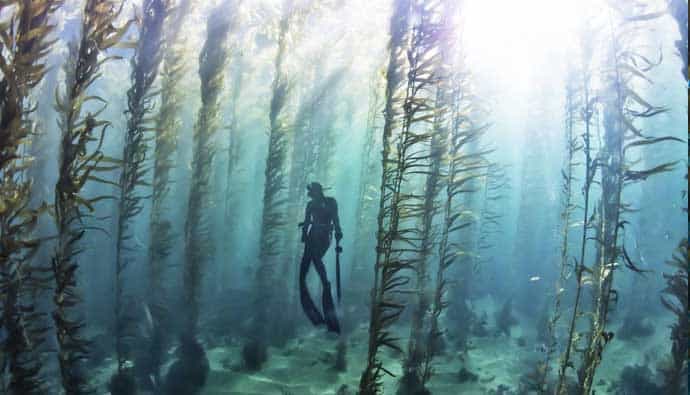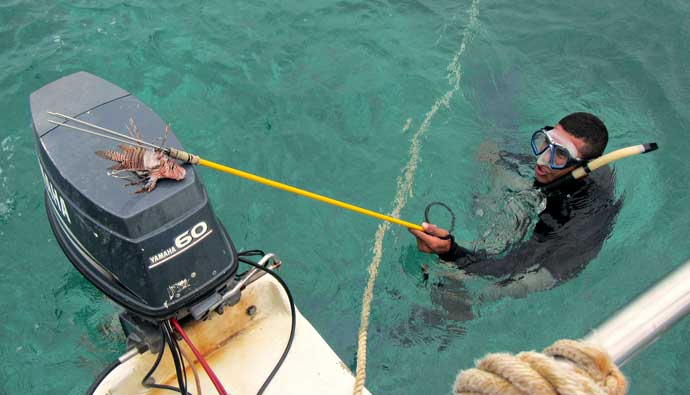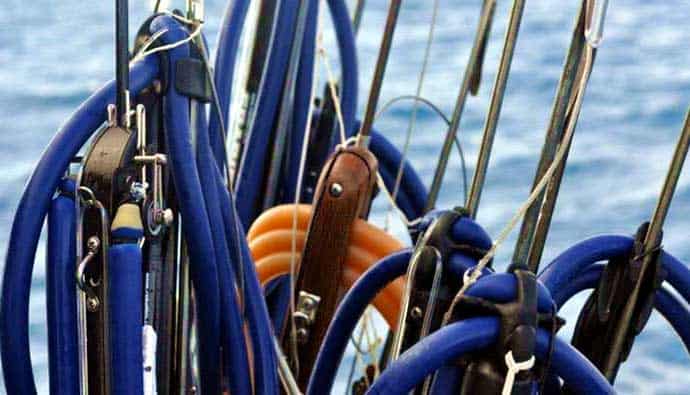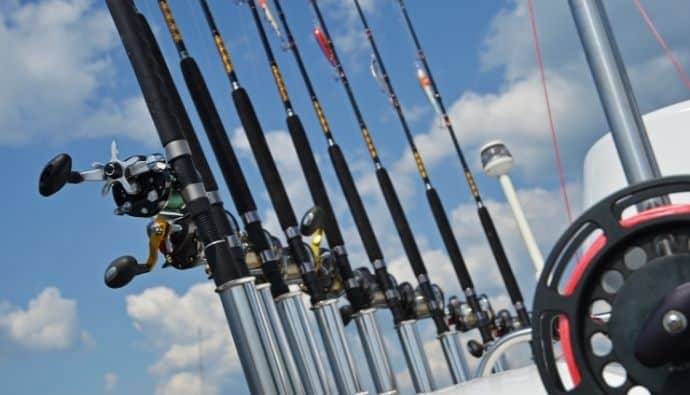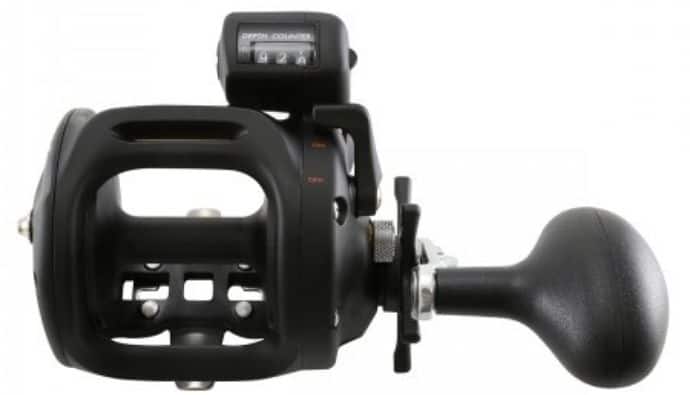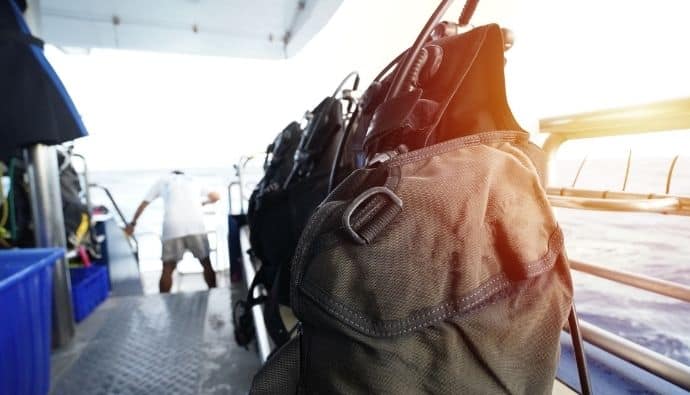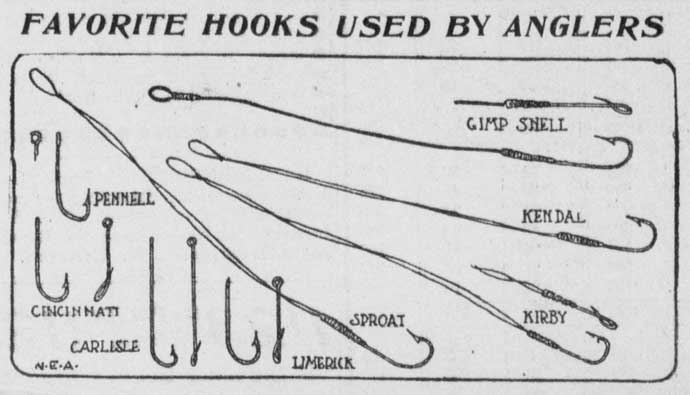Neoprene is a versatile and popular material used in various applications, from wetsuits, drysuits to laptop sleeves. But not all Neoprene is created equal. There are many different types of Neoprene, each with its unique benefits and drawbacks.
This is what our expert Dr. Daniele Abela, a diver from New England, said, “A lot of people don’t also understand why certain Neoprene is better than other Neoprene. A lot of them just see the Yama Yamamoto brand name, and they assume that it’s good quality Neoprene, but they don’t understand that there’s a lot of different types of Yamamoto.”
So, how do you know which type of Neoprene is right for you? This article will look at the different types of Neoprene and their key differences. By the end, you’ll know exactly which type of Neoprene is best suited for your needs.
Different Types of Neoprene
Neoprene is a material that has many different uses. You can use it for insulation, sealant, or medical applications. But not all Neoprene is created equal. There are different types of Neoprene, each with its unique properties. They include:
Closed Cell Neoprene
Closed-cell Neoprene is the most common type of Neoprene. It’s made by bonding two layers of fabric together, with a layer of closed cells in between. This makes it very strong and durable.
“If you get that sandwich layer in the middle, it makes it more durable,” Dr. Daniele Abela said.
Closed-cell Neoprene is also resistant to water and air, making it ideal for use in wet or humid environments. Also, the nylon and polyester lining makes it more comfortable to wear.
Surfers often use wetsuits made with closed-cell Neoprene to provide excellent protection from the cold water and waves.
Open Cell Neoprene
Open-cell Neoprene is a porous material, meaning it’s full of tiny holes. This makes it less durable than closed-cell Neoprene. Dr. Daniele Abela said, “If you’re just doing a pure, smooth skin open-cell five mil wetsuit or less, it’s just going to tear even. The denser Neoprene it will still tear.”
When wearing it, you may have to lubricate it to prevent it from chafing. The open cells of the Neoprene also make it fit more tightly than a closed-cell neoprene wetsuit.
Open-cell Neoprene is often used in medical applications, as it’s more comfortable to wear for long periods.
Smooth Skin Neoprene
Smooth skin neoprene is wind resistant and wicks more moisture than other types of Neoprene. It absorbs warmth from the sun, making it ideal for colder climates.
The smooth skin also helps it glide easily over other surfaces, making it ideal for use in water sports.
Dr. Daniele Abela said, “If you’re doing a lot of boat diving, I highly suggest getting the smooth skin exterior because they’re so much warmer. The water dries up so much quicker.”
CR Neoprene
CR neoprene is a synthetic rubber that’s made from chloroprene. You can make it from oil which makes it harmful to the environment.
But it can also be made from rubber foam which is a more sustainable option. CR neoprene is very strong and durable, making it ideal for use in various applications.
Nylon Lined Neoprene
The Jersey nylon is used to line Neoprene, making it more comfortable and less abrasive. Nylon-lined Neoprene is made with a nylon lining to make it easier to put on and take off. It’s also less likely to cause skin irritation.
Yamamoto Neoprene
Yamamoto neoprene is a high-quality neoprene that’s often used in making wetsuits. It is widely known for its thin, light, and warm qualities.
Yamamoto neoprene is made from Limestone and has a high percentage of calcium carbonate compared to petroleum-based Neoprene. These suits are like a second skin and provide great stretch and flexibility.
“Yamamoto 45 is going to be more flexible, more comfortable, but it’s a little bit less durable, and it’s a little bit softer,” Dr. Daniele Abela said.
Eco-Friendly Neoprene
Eco-friendly Neoprene is made from sustainable materials like bamboo or rubber foam. This makes it a more environmentally friendly option.
Eco-friendly Neoprene is also often made from recycled materials, making it a more sustainable option.
Some Top Wetsuit Brands
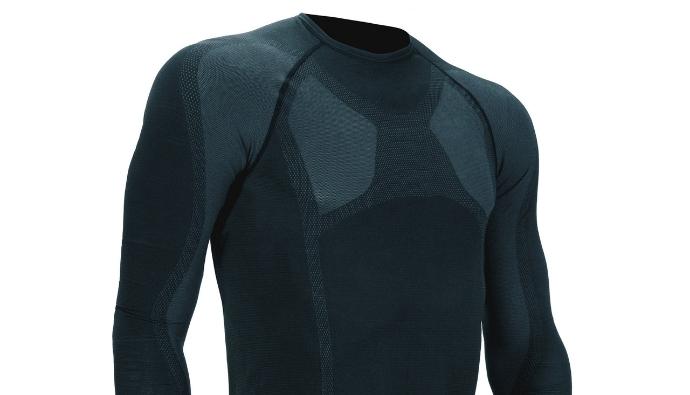
How often have you gone to the beach only to find that your wetsuit doesn’t fit right? Maybe it’s too loose in the chest or too tight in the legs. Maybe it rubs you the wrong way or doesn’t allow you to move as freely as possible.
Whatever the case, it can be frustrating trying to find a wetsuit that fits just right. Here are some brands that make great-fitting wetsuits:
Tecnoblu
Tecnoblu is a company that specializes in tailor-made wetsuits. “Part of the team of this wetsuit company it’s called Tecnoblu they’re from Genoa, Italy. They make tailor-made wetsuits using some really high-quality neoprene,” Dr. Daniele Abela said.
They will take your measurements and make a wetsuit specifically for your body type. This ensures a perfect fit every time. “If you’re using a tailor-made wetsuit, that’s fine because it’s already going to conform to your body,” according to Dr. Daniele Abela.
Polo Sub
Polo Sub is your brand if you want an affordable and quality wetsuit. Their wetsuits are made from high-quality Neoprene, and they have a wide variety of sizes to choose from.
“I’ve seen that recently the polo prices have gone down. So, if you’re looking for a really good wetsuit that’s now in a more affordable range, polo is a great option,” Dr. Daniele Abela said.
O’Neill
O’Neill is a well-known and respected brand in the world of surfing. They make a wide variety of wetsuits for all different body types. O’Neill is worth checking out if you can’t find a wetsuit that fits you from one of the other brands on this list.
You can also check our list of women’s wetsuits to help you choose the right one for you.
How to Choose the Right Type of Neoprene for Your Needs
Choosing the right type of Neoprene can be very daunting. There are many different factors to consider when choosing the right Neoprene, such as thickness, density, and structure. Here are a few things to keep in mind when searching for the perfect Neoprene for your needs.
Thickness
The thickness of the Neoprene is measured in two ways, as there are two numbers involved in thickness. The first is the actual thickness along the body portion, while the second one is the thickness along the arms and legs.
For example, a 3/2mm neoprene wetsuit means that the body portion is 3mm thick, while the arms and legs are 2mm thick. The second number is always lower because our limbs have less body mass than our torso.
As a general guide, the thicker the Neoprene, the warmer it will be. If you are looking for a neoprene wetsuit for warm water surfing, you will not need as thick of Neoprene as someone looking for a wetsuit to keep them warm in cold water.
Structure
The structure of Neoprene is the way the cells are arranged. There are two types of cell structures in Neoprene, closed-cell, and open-cell.
Closed-cell Neoprene has smaller, more tightly packed cells. This type of Neoprene is more durable and does not absorb water. Closed-cell Neoprene is also more expensive than open-cell Neoprene.
Open-cell Neoprene has larger cells that are not as tightly packed together. This neoprene type is less durable and more flexible, but it is also cheaper than closed-cell Neoprene.
Density
Neoprene density is measured in grams per cubic centimeter (g/cm3). The denser the Neoprene, the more buoyant it will be. Neoprene density can range from 150 kg/m3 to 200kg/m3.
The denser the Neoprene, the warmer it will be. If you are looking for a neoprene wetsuit for warm water surfing, you will not need as dense Neoprene as someone looking for a wetsuit to keep them warm in cold water.
“When it’s the wintertime, and you have this really thick wetsuit on, and if you’re also putting on all this extra lead, you really can’t dive, and you lose whatever little Dexterity you might have had,” according to Dr. Daniele Abela.
Stitching
Wetsuits are made with either flatlock or blind stitch construction. Flatlock stitching is when the neoprene panels are sewn together with an overlock stitch. This type of stitching is less durable than blind stitching, but it is more flexible.
Blind stitch construction is when the neoprene panels are sewn together with a hidden stitch. This type of stitching is more durable than flatlock, but it is less flexible.
Zipper
Wetsuits have either a front zip or a back zip. Front zip wetsuits are hard to take on and off, but they are more comfortable to wear. They give more flexibility to the back and shoulders.
Back zip wetsuits are easier to take on and off, but they are less comfortable. The back zipper helps you not lay on it, which can be uncomfortable. The length of the zipper also matters. A long zipper will be easier to take on and off, but a short zipper will be more comfortable to wear.
Maintenance and Care Tips for Neoprene Products
Maintaining your neoprene products is important to extend their longevity. Here are a few tips on how to care for your neoprene products:
- Rinse with fresh water after each use. This will help remove any salt, sand, or chlorine that can damage the Neoprene. “I use one of those sorts of like bigger. I don’t know what you call them. They’re like bigger buckets, I guess. And I put all my gear in there and just rinse stuff off with my hose real quick,” Dr. Daniele Abela said.
- Hand-wash your neoprene wetsuit with mild soap. Avoid using detergents or bleach, as these can damage the Neoprene. Dr. Daniele Abela said, “I see people who wash their gear every time, like the bathtub with soap and stuff.”
- Hang your neoprene wetsuit to dry in a well-ventilated area. Do not put your wetsuit in the dryer, as this can damage the Neoprene.
- Store your neoprene wetsuit in a cool, dark place. Avoid storing your wetsuit in direct sunlight, as this can cause the Neoprene to deteriorate.
Final Thoughts
Neoprene is a synthetic rubber that is used in a variety of applications, including wetsuits. Neoprene is available in different thicknesses, densities, and cell structures. The type of Neoprene you need will depend on the application.
When choosing a neoprene product, it is crucial to consider the thickness, density, cell structure, and stitch type. It is also essential to properly care for your neoprene products to extend their lifespan.



 Facebook
Facebook YouTube
YouTube

